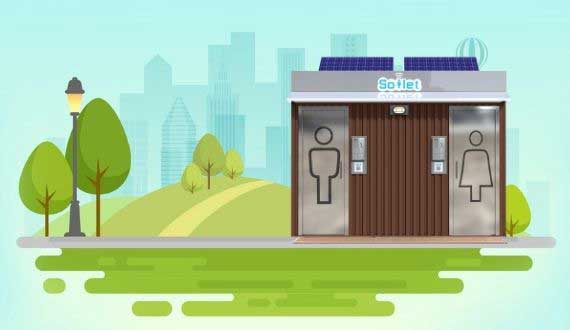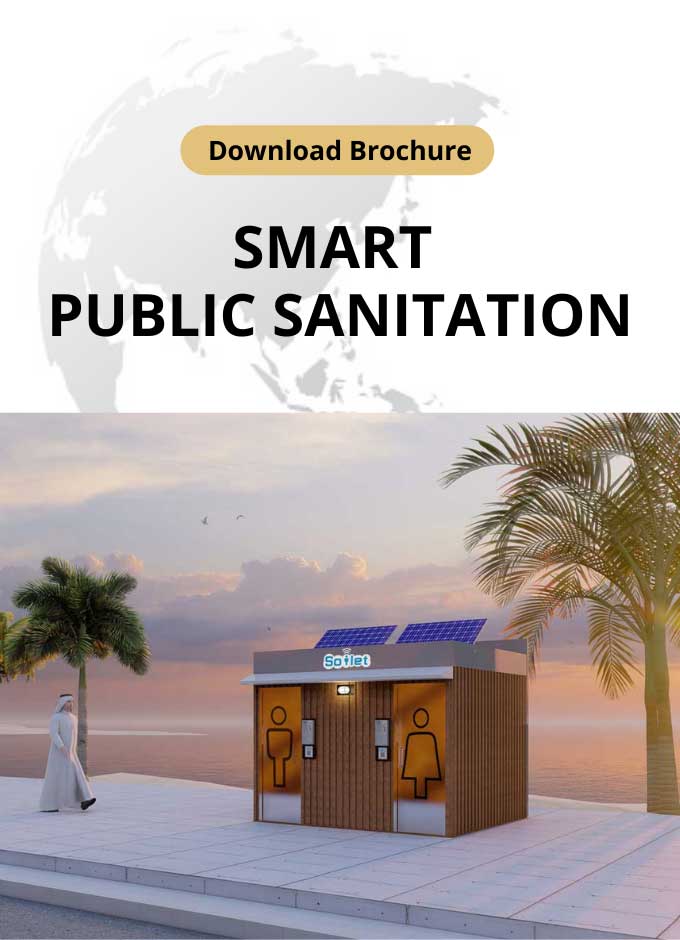Safe and Sanitary Public Toilets

Safe and Sanitary Public Toilets
Why are public toilets important?
Purposes. As an “away-from-home” toilet room, a public toilet can provide far more than access to the toilet for urination and defecation. People also wash their hands, use the mirrors for grooming, get drinking water (e.g. refilling water bottles), attend to menstrual hygiene needs, and use the waste bins.
How can public restrooms be improved?
Using public restrooms is a universal human experience. We’ve all been there.
So here are some ways to ensure your customers have a great experience in your restroom.
- Keep it Clean
- Keep it Well Stocked
- Contactless Washing
- Clean before and after use Auto Cleaning
- Save Water and Electricity
- Proper Sanitation
Some interesting challenges you face when sharing or using a public toilet.
Sharing a toilet can leave us with either a positive or negative experience. We share these toilet facilities as a result of living in communal flats, or using a public toilet at the shopping mall or at a popular music festival. We have no control over what to expect when we visit these facilities as they are either shared with our unpredictable flat mates or the unknown public. Here are some interesting challenges we are likely to be faced with in using a shared or public portable toilet facility.
- Occupiers failing to lock the toilet whilst in use
- Damp or soiled toilet handles
- Ran out of toilet roll / water
- Blocked
- Finding splatters and remnants
- Uncomfortably gazing at a boring wall or ceiling whilst using the urinals
- Failing to flush
- A river of urine at the standing space of a urinal
Main issues identified in the management of public toilet block
- Problems of utilization
- Blocks ill-adapted for correct utilization by the users (toilet blocks closed at peak times).
- Over-intensive use by users (due to undersized blocks or use by the neighborhood that was unforeseen during conception) leading to the rapid degradation of equipment.
- Low willingness of users to utilize the equipment due to lack of cleanliness and functionality.
- Inadequate hygiene practices of users.
- Problems of care and maintenance
- Insufficient or no maintenance equipment.
- Absence of water for cleaning the toilet blocks and handwashing.
- No-one is responsible for maintenance.
- Problems of financing and control
- Absence of a sustainable financing mechanism for care and maintenance.
- Lack of involvement by municipal authorities and ministerial technical services (Education, Public Hygiene, Sanitation, Health) in the management control of the installations.
Two prerequisites for good management:
- The appropriate design of facilities
- Targeted hygiene education
The three key stages for managing public latrines
- Define a management model adapted to the toilet block environment
- Design toilet blocks that facilitate management
- Implement a management monitoring & control process
What does Toilet ‘management’ mean?
The aim of toilet block management is to provide a functioning and sustainable service that responds to users’ needs at an affordable price and which, at the same time, improves sanitary and environmental conditions in the area in which it is located. The expression ‘toilet block management’ covers several activities:
- Use of the equipment by the users;
- Provision of consumable items;
- Cleaning, maintenance, repairs, emptying, replacement or rehabilitation of toilet block facilities and equipment;
- Contract management;
- Allocation of roles and responsibilities to all those involved and collaboration with public authorities;
- Financial management.
What are the four types of public places?
The public places covered by us are:
- Schools (primary, secondary, and high schools, institutes of higher education, public or private);
- Public places of commercial activity such as markets, bus stations, cinemas, etc. Also included in this category are certain other public toilet blocks in non-commercial locations, such as those situated alongside main urban roads;
- Health centers (clinics, First Aid centers, hospitals, public or private);
- Deprived neighborhoods where the inhabitants do not have individual toilets at home, but share collective latrines.

